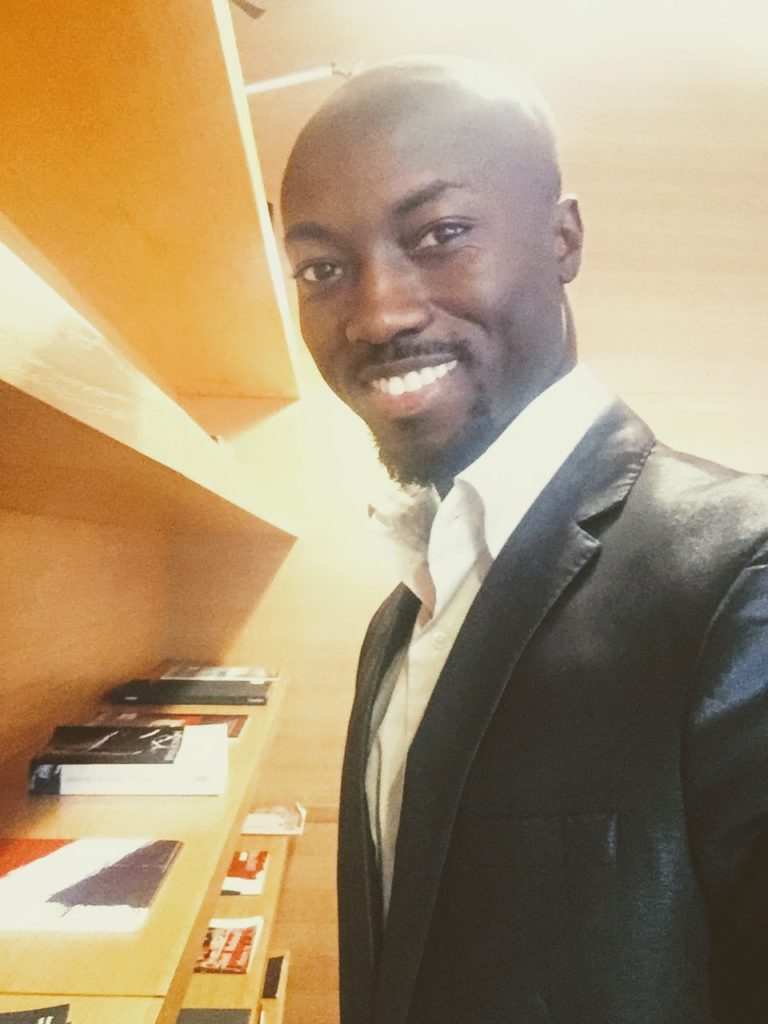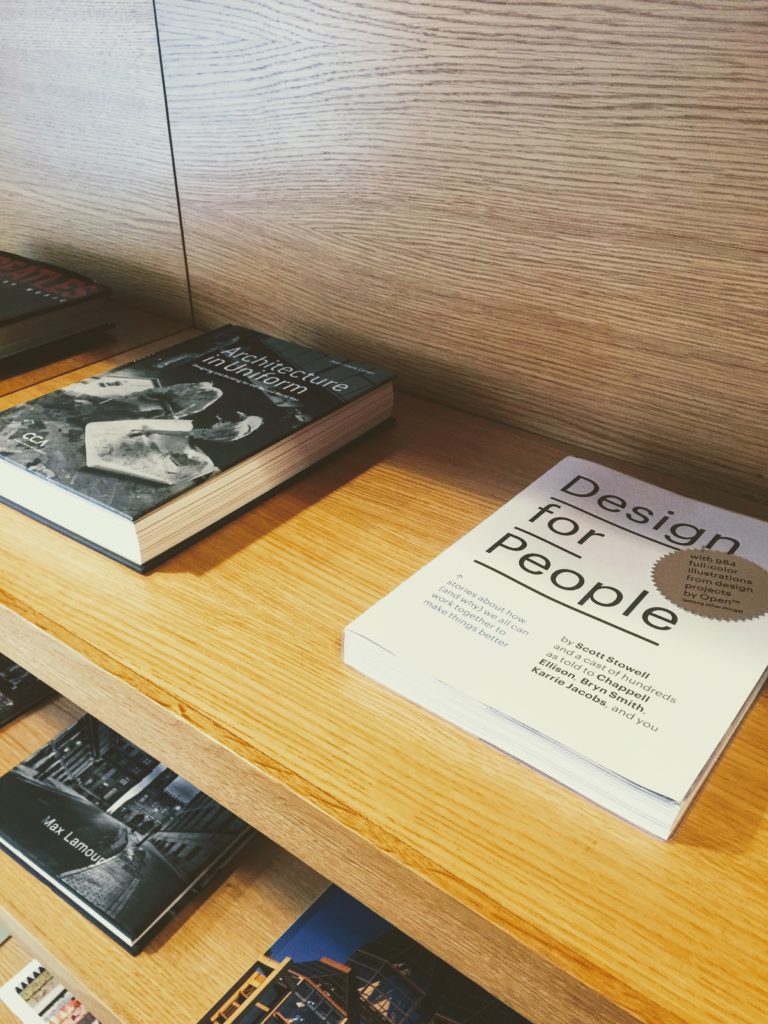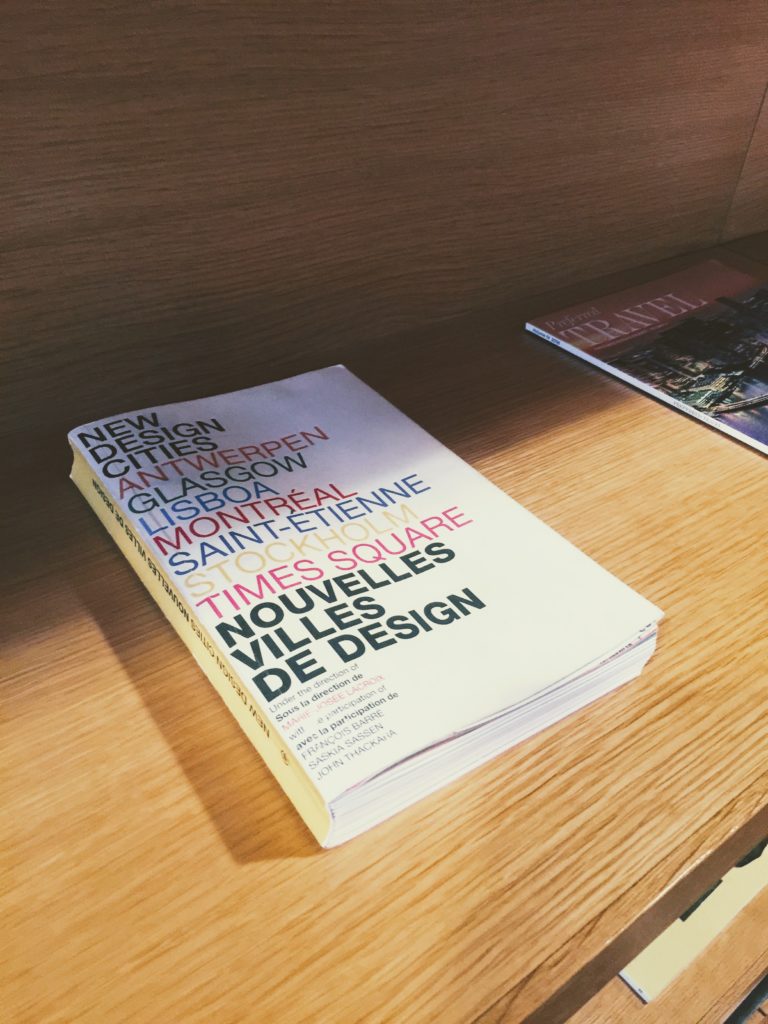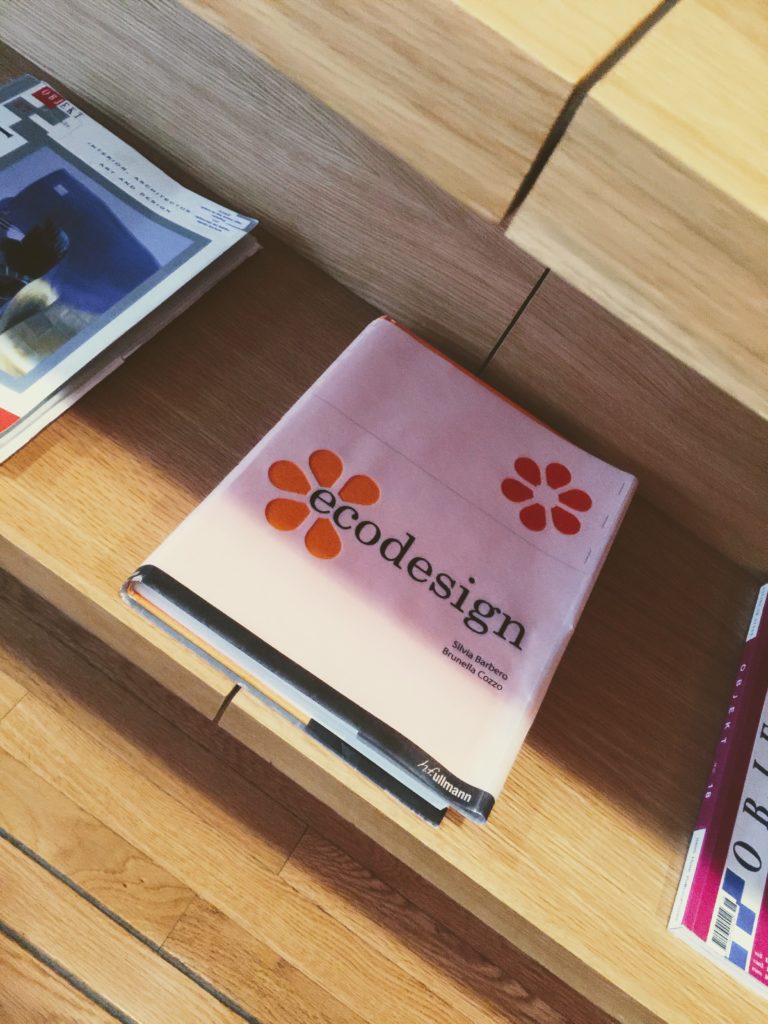4 amazing books I read recently

Design for People are Stories About How (and Why) We All Can Work Together to Make Things Better.
Most design books focus on outcome rather than on process. Scott Stowell’s Design for People is groundbreaking in its approach to design literature. Focusing on 12 design projects by Stowell’s design firm, Open, the volume offers a sort of oral history as told by those involved with each project–designers, clients, interns, collaborators and those who interact with the finished product on a daily basis.
In addition to the case studies, the book features texts from influential figures in the design world, including writer Karrie Jacobs, founding editor-in-chief of Dwell magazine; plus contributions from Pierre Bernard, revolutionary French graphic artist and designer; Charles Harrison, pioneering industrial designer; Maira Kalman, artist and writer; Wynton Marsalis, composer and musician; Emily Pilloton, design activist and author of Design Revolution; and Alissa Walker, design writer and urban advocate.

This fascinating book offers a new perspective on the architectural history of the Second World War, which in previous accounts has most often been viewed as a hiatus between peaceful periods of production. Jean-Louis Cohen contends instead that during the years between the bombings of Guernica in 1937 and of Hiroshima in 1945, specific advances were fundamental to the process of modernization and led to the definitive supremacy of modernism in architecture.
Centering the discussion on ten main themes, the author investigates various aspects of architecture’s mobilization in the war years, as well as the trajectories of individual architects. He analyzes architectural developments worldwide and takes into account each of the major participants in the war, including the United States, Japan, Great Britain, France, Italy, the Netherlands, Germany, and the Soviet Union. The book not only focuses on plans, buildings, and technological inventions but also examines the many types of visual representation used for war purposes, enhanced by a rich array of more than 300 illustrations.
In a brilliant synthesis of words and pictures, Edmund N. Bacon relates historical examples to modern principles of urban planning. He vividly demonstrates how the work of great architects and planners of the past can influence subsequent development and be continued by later generations. By illuminating the historical background of urban design, Bacon also shows us the fundamental forces and considerations that determine the form of a great city. Perhaps the most significant of these are simultaneous movement systems—the paths of pedestrian and vehicular traffic, public and private transportation—that serve as the dominant organizing force, and Bacon looks at movement systems in cities such as London, Rome, and New York. He also stresses the importance of designing open space as well as architectural mass and discusses the impact of space, color, and perspective on the city-dweller. That the centers of cities should and can be pleasant places in which to live, work, and relax is illustrated by such examples as Rotterdam and Stockholm.

Ecodesign considers every project a lifecycle that has to be well thought-out, from production to disposal. This new green esthetics reflect a dynamic lifestyle that imaginatively brings together design, innovation, and dealing with resources responsibly. The objects and products featured in this book provide attractive solutions for the demands of contemporary life. A wide, fascinating range of unusual possibilities is presented on 352 richly-illustrated pages: from stylish energy wonders for everyday life and multifunctional systems of furniture to the natural cosmetics of the future. The book also offers an insight in the basic principles of ecodesign. This illustrated volume sets benchmarks concerning topicality and modern, stylish product design.
“Design is not just what it looks and feels like. Design is also how it works.
-Steve Jobs, Founder of Apple, Inc.



